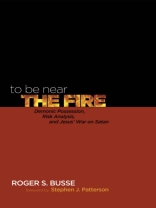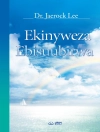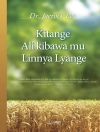Virtually all scholars agree that Jesus did one very risky thing: he exorcised demons. Exorcism was an illicit activity in the Roman world, so why would Jesus risk condemnation, arrest, and even death for the sake of the demon-possessed? Some point to his compassion. Roger Busse, a thirty-nine-year veteran of risk analysis and a graduate of Harvard Divinity School, has another answer from the world in which he lives: risk assessment. People engage in risky ventures only when not doing so would pose even greater risks. What was the greater risk for Jesus? He believed that his land and home, then suffering under foreign occupation, was filled with demons. He believed that if he did not drive them off, all might be lost and the forces of darkness might win out, leaving only the kingdom of Satan. Given this context, Busse reassesses the gospel traditions. Using risk analysis, Busse provides a new approach that recovers the specific charismatic practices, sayings, and parables that the exorcist Jesus’ employed in his deliberate and dangerous strategy to drive Satan from the land and reestablish the kingdom of God. To Be Near the Fire offers a new portrait of Jesus and the origins of Christianity.
关于作者
Roger S. Busse is a recognized specialist in risk analysis, and a graduate of Reed College and Harvard Divinty School. His awarded career has spanned over forty years, from CEO of a nationally recognized institution to SVP of risk administration. Busse is a certified management consultant, adjunct professor, and author of two industry texts, The Essentials of Commercial Lending and Business Profiles, and two books on risk analysis and Christian origins, To be Near the Fire and Jesus, Resurrected.







![的封面 Brian Schrag & Julisa Rowe: Community Arts for God's Purposes [Chinese] 貼近神心意的社群藝術 的封面 Brian Schrag & Julisa Rowe: Community Arts for God's Purposes [Chinese] 貼近神心意的社群藝術](https://static.worldofdigitals.com/thumb_webp/740/9781645083740.webp)




